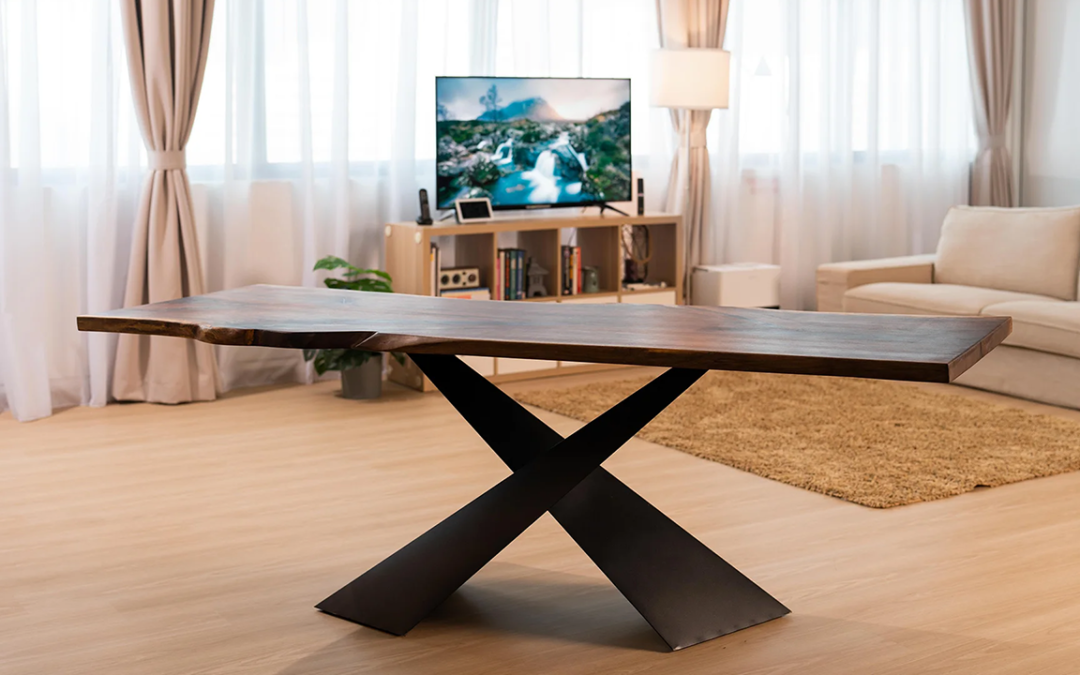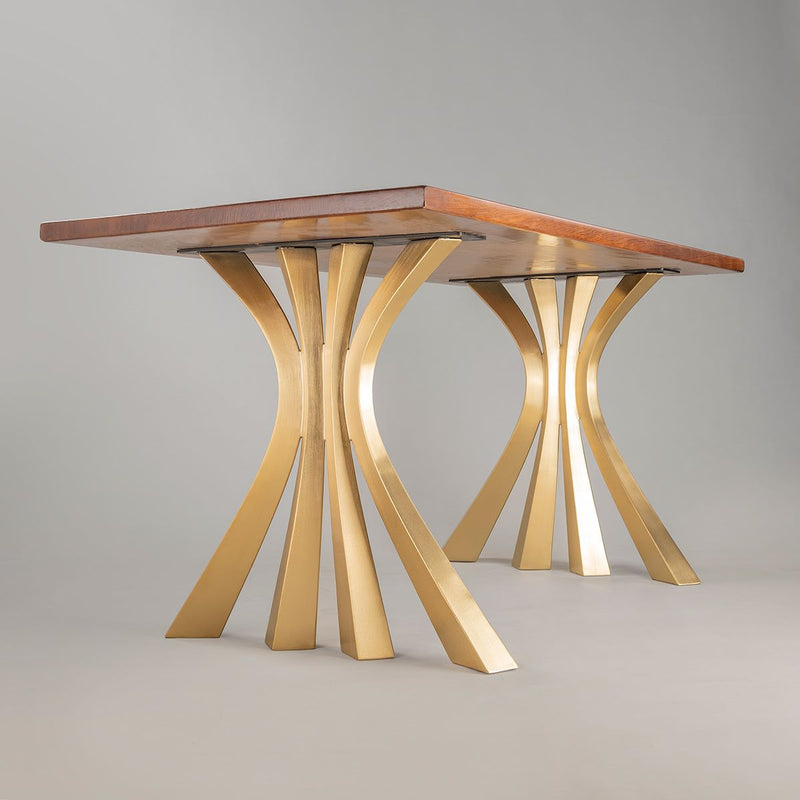Dining Room Table Legs: What to Consider Prior To You Purchase
Dining Room Table Legs: What to Consider Prior To You Purchase
Blog Article
A Comprehensive Check Out Table Leg Styles: Discovering the Suitable Match
Selecting the ideal dining table leg style is crucial for both aesthetic charm and useful performance. For those with bigger tables, trestle legs make sure durable support, whereas barrette legs introduce a mid-century modern vibe with their minimalist layout. The x-shaped legs blend modern style with enhanced stability.
Traditional 4 Legs
Amongst the various kinds of eating table leg designs, the standard four-leg design remains a timeless option for many households. 4 legs supply balanced support, guaranteeing the table stays steady and capable of bearing substantial weight (dining room table legs).
From a visual point of view, the conventional four-leg design can be quickly adjusted to various interior designs. Whether crafted from wood, steel, or a combination of materials, these legs can be delicately carved, sleek and minimalistic, or anything in between. Their adaptability allows them to enhance both rustic and contemporary setups effortlessly.
In addition, the simple framework of the four-leg style facilitates simplicity of motion and positioning within a room. Unlike more complicated bases, this style minimizes blockages, providing sufficient legroom for restaurants. In recap, the standard four-leg eating table leg style marries withstanding elegance with sensible functionality, making it an astute option for those seeking both kind and function in their eating furniture.
Pedestal Base
Frequently commemorated for its elegant and space-efficient design, the stand base is a notable option to the typical four-leg setup in dining table leg styles. Without corner legs, restaurants are managed better freedom of activity, making it an excellent choice for round and oval tables that advertise even more intimate and inclusive celebrations.
The central column itself uses a canvas for intricate designs and imaginative expressions, including a component of visual interest under the table. In summary, the stand base integrates performance with style, making it a fine-tuned and practical choice for varied dining environments.
Trestle Legs
Trestle legs offer a durable and classic structure for eating tables, characterized by their straight cross-bracing and durable assistance beam of lights. Originating from middle ages times, this layout has actually progressed yet maintained its necessary framework, making it a perennial fave in both traditional and contemporary settings. The central trestle light beam, typically supported by two or more vertical posts, provides outstanding security, permitting larger table lengths without the need for extra legs.
A substantial advantage of trestle leg tables is the adequate legroom they use. Unlike tables with 4 corner legs, the absence of obstructions at the table's edges supplies unimpeded room for chairs and diners, boosting convenience and ease of access. This makes trestle tables ideal for fitting larger gatherings, whether in a dining-room or a banquet hall.
The visual adaptability of trestle legs is noteworthy. Offered in a variety of materials such as wood, steel, and composite, they can be ended up to complement a official source wide variety of indoor designs. From rustic farmhouse to sleek modern layouts, trestle legs can be tailored to fit individual tastes. Their enduring appeal and useful advantages make trestle legs a compelling option for those seeking both design and usefulness in their dining table.
Barrette Legs

The appeal of barrette legs lies in their simplicity and convenience - dining room table legs. Available in a series of materials, including steel and brass, they can be ended up in various shades to enhance different interior designs. Whether coupled with a rustic wood tabletop or a modern glass surface, barrette legs easily blend capability with a touch of vintage appeal
Longevity is an additional notable feature of barrette legs. Regardless of their fragile look, these legs are engineered to bear considerable weight, making certain the table continues to be secure and secure. Additionally, they are fairly simple to set up, making them a popular option for do it yourself lovers and specialist furnishings manufacturers alike.
X-Shaped Legs

Constructed from products such as steel, timber, or a combination of both, X-shaped legs can be tailored to match different style choices. Steel legs frequently offer a sleek and industrial feeling, ideal for loft-style homes and contemporary eating spaces. On the other hand, wood X-shaped legs supply a warmer, much more rustic charm, suitable for farmhouse or diverse insides. The flexibility in products permits homeowners to personalize their eating tables to much better fit their total design plan.
In addition, the design behind X-shaped legs ensures even weight distribution, lessening the threat of wobbling and enhancing toughness. This makes them specifically fit for bigger eating tables that call for added support. Fundamentally, X-shaped legs blend useful engineering with contemporary appearances, making them a classic selection for diverse dining environments.
Final Thought
A comprehensive understanding of table leg styles discloses the distinctive qualities and advantages of each style. Get More Information Conventional four legs offer security and classic allure, while pedestal bases give legroom and a structured look. Trestle legs make sure robust support for bigger tables, and hairpin legs introduce a mid-century modern-day visual. X-shaped legs integrate modern design with improved stability. Selecting the appropriate leg design makes home certain both practical and aesthetic complete satisfaction in any kind of dining room.
Report this page